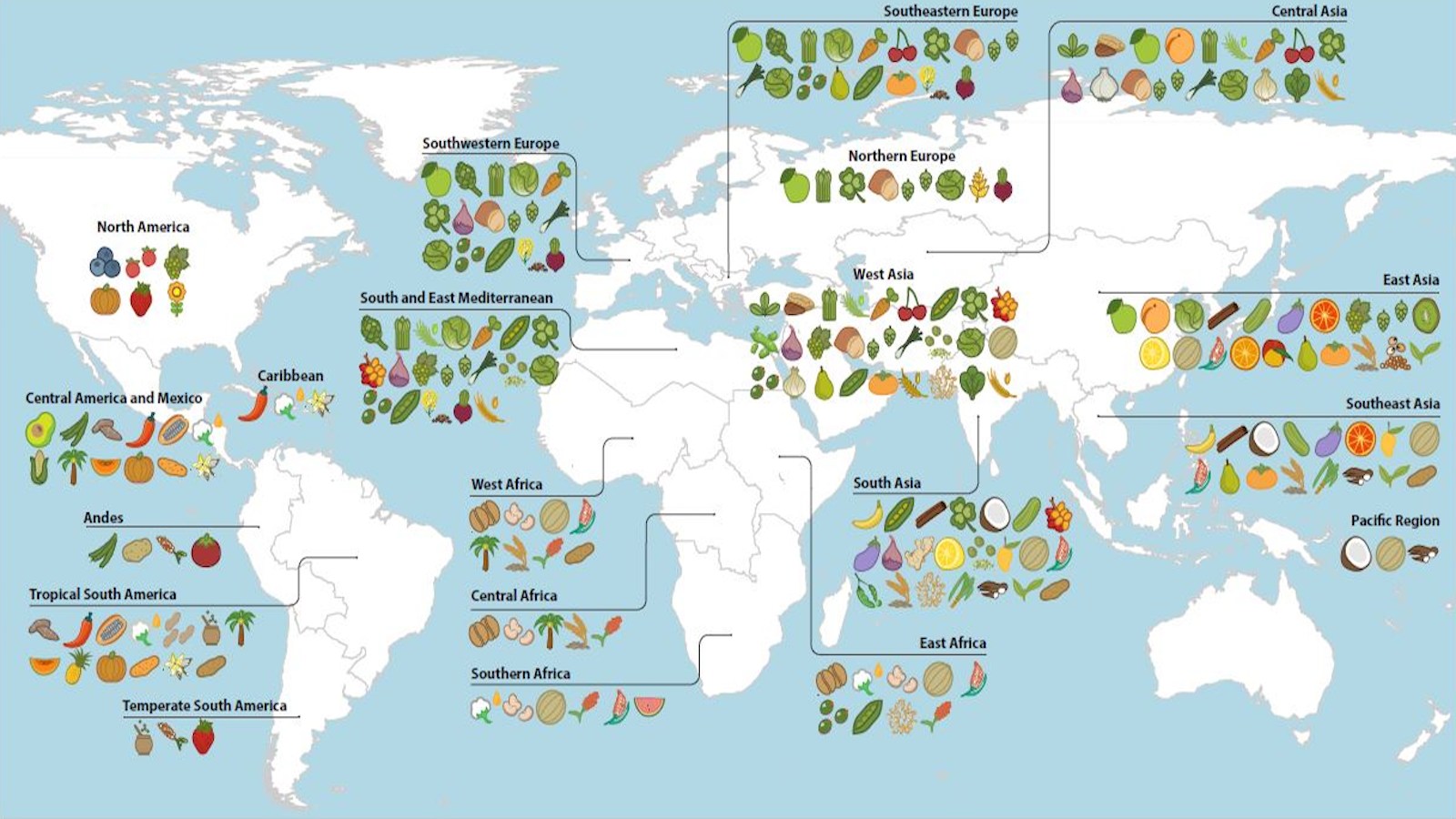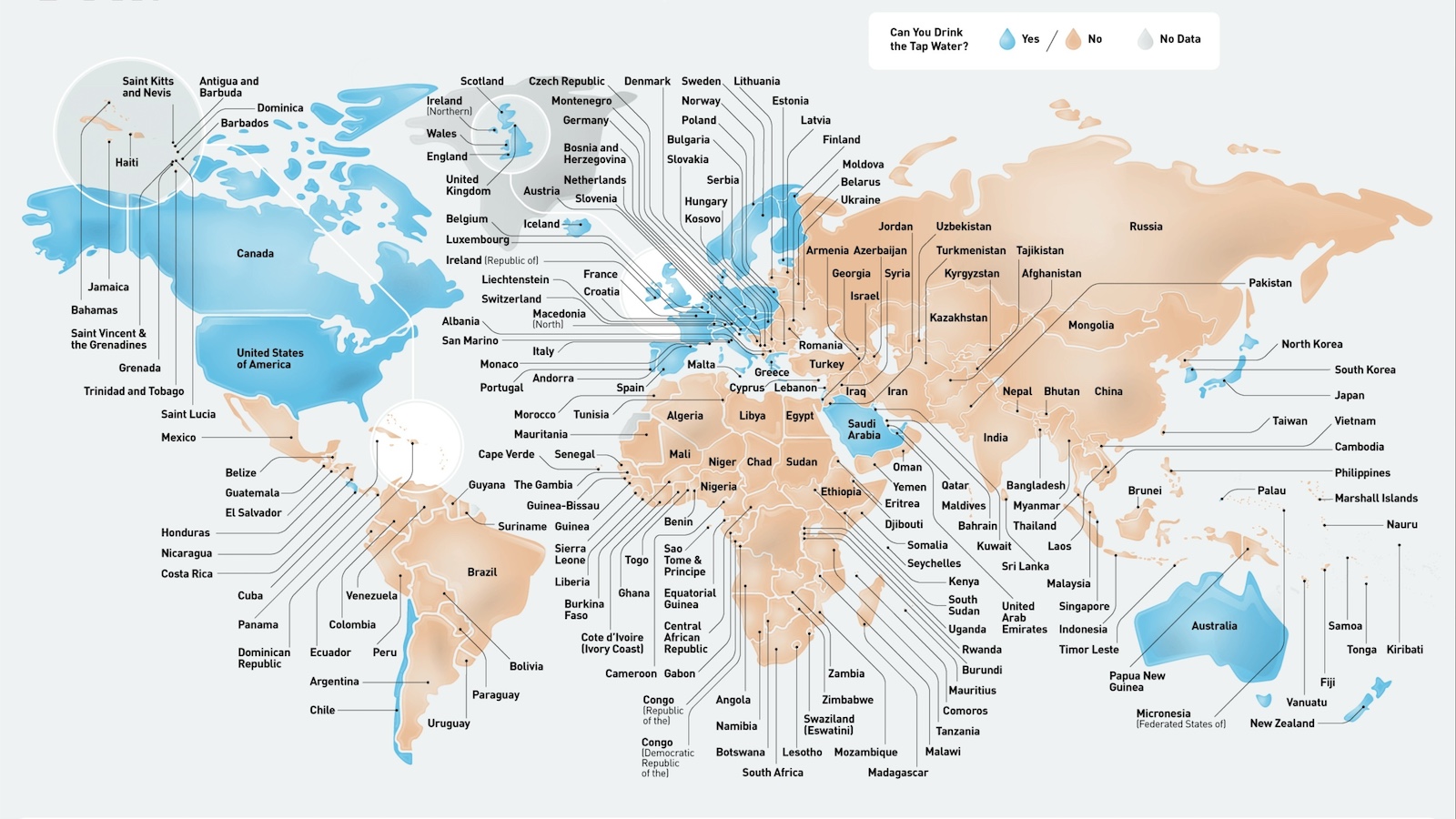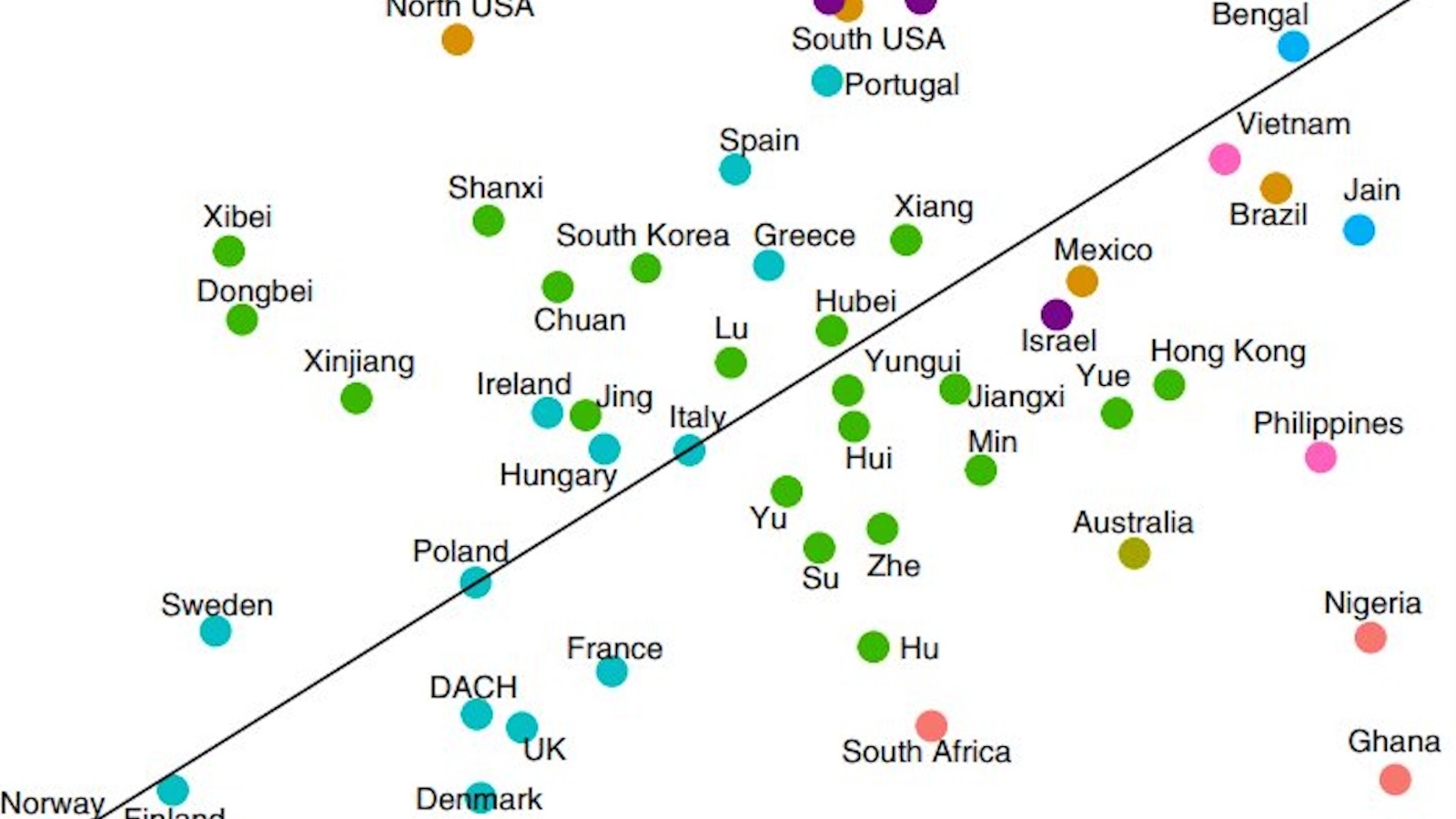How is France dodging the global obesity trend?

More than 1 billion people now live with obesity, according to a study published earlier this year in The Lancet. That’s about one in every eight humans on the planet — and twice the number of those suffering from underweight, the other malnutrition.
The world’s waistline has been getting wider faster than previously thought. That 1-billion milestone had previously been projected to be surpassed in 2030. In reality, we hit that number in 2022.
Half the world overweight or obese by 2035
Between 1990 and 2020, obesity rates among adults have more than doubled, while those among children and adolescents have quadrupled. Extrapolating from those trends, the Lancet study predicts more than half the world will be either overweight (BMI 25-30) or obese (BMI >30) by 2035.
This graph of WHO data for obesity rates in selected countries worldwide shows that while the increase is nearly universal, there are still major differences in the rate of increase and in the prevalence of obesity per country.
In Egypt, at the top of this ranking, obesity rates have more than doubled, from 19.4% (for average 30-year-olds) in 1990 to 44.3% in 2022. The figures are broadly comparable for runners-up the U.S. (18.6% to 42%) and Saudi Arabia (20% to 40.6%).

If obesity rates in other countries are lower today, that doesn’t mean they haven’t increased dramatically as well; they may simply have started from a lower base. Mexico and Argentina, for example, now have rates hovering around 35% but started out around 15% in 1990.
Some countries, especially those starting with very low obesity rates, have managed to keep those rates in the single digits. Notable examples are China, India, and Japan. In 1990, they had obesity rates of 1.3%, 0.8%, and 1.9%, respectively. Despite large relative increases, the rates in absolute terms remained low in 2022: 8.3%, 7.3%, and 5.5%.
One remarkable exception here is France, where obesity rates have actually dropped: from 10.4% in 1990 to 9.7% in 2020. To be precise, the rate slowly crept up to 12.4% in 2006 and 2007, only to decline at an equally glacial pace ever since. In Germany, for its part, obesity rates have plateaued since 2010 at just above 20%.
No magical cure, no mystery solution
How have these two countries managed to buck the global trend? While there is no magical cure for obesity, the solution isn’t a mystery either: eating a healthy diet and exercising regularly will generally keep the numbers on your bathroom scales in check.
In 2001, the French government introduced a policy called Programme National Nutrition Santé, which aims to improve overall health levels by focusing on nutrition, with targets for schools, the food industry, researchers, etcetera. In addition, the government website Manger Bouger (“Eating Exercising”) offers tips to the French public on eating better and exercising more.
All that may have contributed to an improvement in the French figures, though it should be noted that local data gives higher rates for obesity in France than the WHO figures cited here.
High-handed central government campaigns are more of a French specialty than a German one. It seems the obesity plateau in Germany owes a lot to changing eating habits, with younger generations consciously choosing a lighter, healthier diet over traditional German fare, famous for its generous helpings of meats, sauces, and a wide variety of fried foods.
Strange Maps #1245
Got a strange map? Let me know at strangemaps@gmail.com.
Follow Strange Maps on X and Facebook.





